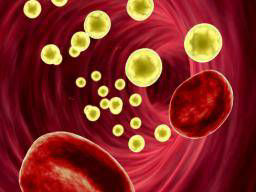
Click below to read:
Do Cholesterol Lowering Drugs Increase Cancer Risk?
This is a fatty substance mainly made by your liver out of the saturated fats in food. It's a mistake to think that cholesterol is a universally bad thing: some is essential, but too much can cause heart disease. There are two types - low-density lipoproteins (LDL) which carry cholesterol from the liver to your cells, and high-density lipoproteins (HDL) which return any cholesterol your body doesn't need to the liver.